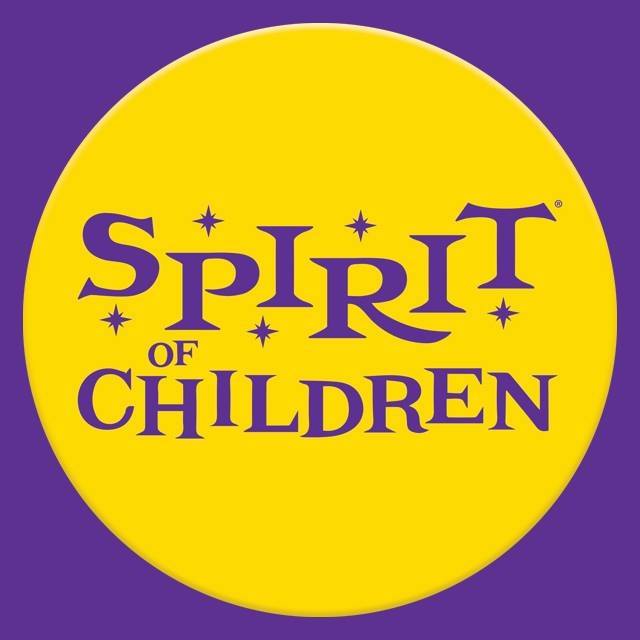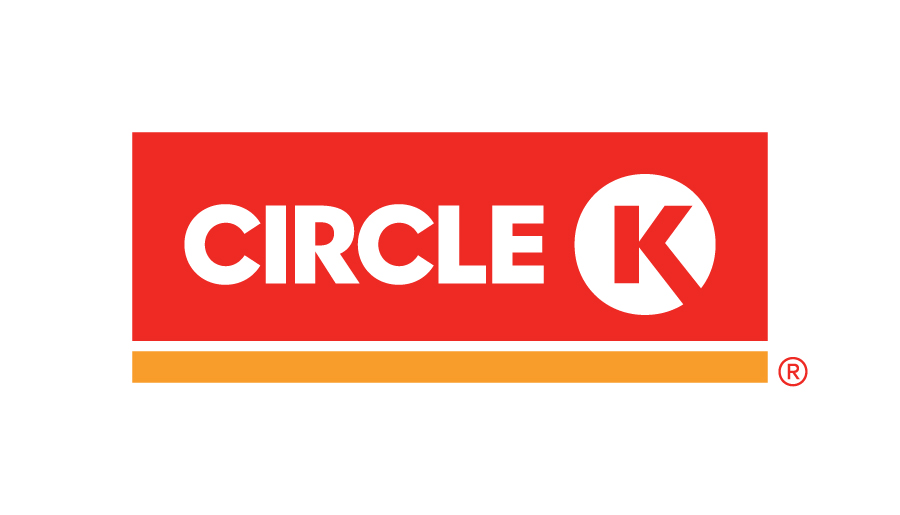‘Totally surreal’ – From volunteer to neurologist
A Cook Children’s neurologist looks back on her days as a volunteer
When Cynthia Keator, M.D., pediatric neurologist and epileptologist at Cook Children’s, walks the halls that overlook the Atrium, she recalls the awe that Cook Children’s Medical Center gave her so many years ago.
At the age of 14, Dr. Keator first started her volunteer work in 1994 as a title holder with the Miss Texas Organization. Along with many of the other titleholders, she would perform her talent in the atrium for the patients. Back then she performed ventriloquist routines.
“My fondest memory is being in the Atrium performing and you look up and see all the children and their parents looking down and watching you,” Dr. Keator said. “It was so daunting then and now I walk past it all the time.”

Then in 1998, through a senior internship program during her senior year at Trinity Valley School, she spent her spring semester at Cook Children’s Medical Center in the Hematology/Oncology department, which held a special place in her heart, due to her cousin who had battled cancer and was treated by physicians at the hospital. The medical center had such an impact on her that after completing her internship she continued to volunteer at Cook Children’s.
When asked if she always wanted to be a doctor, Dr. Keator said, “I always knew I wanted to do something in the medical field. We all have that childhood dream of what we want to be when we grow up, and even then I always wanted to help people, especially children.”
As a volunteer, she tried to ask good questions and absorb as much knowledge as possible to prepare her for medical school. She learned the importance of listening to the patients and their families. She also saw science come to life. It wasn’t just about studying words in a book; it was seeing how medicine and medical care actually worked.
“Volunteering here I also realized how little I knew!” Dr. Keator said. “Just regular biology or chemistry class in high school is nothing compared to what people do in real life. It was a process, where I learned that being a doctor was about more than just being smart, it really takes a lot of compassion and motivation. I was able to see the interaction of the doctors and nurses with the patients. I realized I had so much more to learn than what was just in a textbook. ”

It was through her volunteering at Cook Children’s that she developed her interest in working with children, especially those needing chronic or long-term care. “I learned my true passion of wanting to help others was the relationships you develop with your patients and their families,” says Dr. Keator. “In neurology, we care for many children with neurological conditions that require close follow up and care, as many of our patients are cared for from birth through adulthood. Of course, I enjoy the pathophysiology of neurological conditions, especially epilepsy, but, what I also love about my field is that you become part of the team and you truly get to know the family.”
Now as she walks through the Atrium at Cook Children’s, Dr. Keator sees new volunteers learning those same life lessons. “I see volunteers now at Cook Children’s and they are all age groups who choose to spend time with our patients. I’m so thankful so many people want to come here and volunteer and help with the children. It’s pretty incredible. “Everyone should volunteer. It’s good for the soul.”
Dr. Keator said that working now at Cook Children’s is “totally surreal” because it was everything she aspired to do as a child. “It’s really cool to look back and say, ‘Wow, I did it.’”
About Cook Children’s Jane and John Justin Neurosciences Center
When a medical condition interrupts your child’s life, it can be scary, especially when it’s related to the brain and nervous system. If your child is diagnosed with a neurological disorder or disease, it may ease your mind to know that our neurosciences department is one of the largest and most respected in the southwest.






